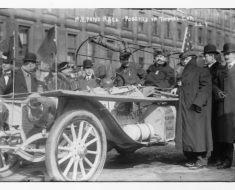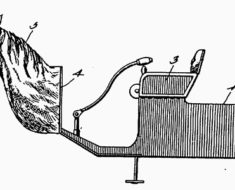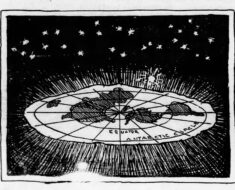Tug of War is a staple of gym class, where heavy kids are heroes and skinny kids are picked last. But its origins lie far outside the schoolyard, dating back to ancient Egyptians and Chinese competing in what was considered a royal sport. More recently, Tug of War warriors competed for the glory of Olympic gold medals. In 1900, the rope made its Olympic debut in Paris, featuring teams of eight competitors. Victory was achieved by pulling the opponent’s side of the rope past a designated marking.

Tug of War clubs entered these Olympic battles, as opposed to individual countries. This meant one nation could win multiple medals, which is exactly what happened in 1904 when three teams of burly men from the United States dominated the opposition and took home gold, silver and bronze medals. Great Britain achieved the same feat in 1908, but it wasn’t without dispute. Their first years of superiority was quite controversial. One of Britain’s three teams was made up of Liverpool police, who, the United States alleged, wore illegal footwear. According to the official Olympic Tug of War rules: “No competitor shall wear prepared boots or shoes with any protruding nails, tips, sprig, points, hollows, or projections of any kind. No competitor shall make any other way before the start.”
While the Americans abided the rules of the shoes, their counterparts across the pond did not. According to an account of the affair: “They were wearing enormous shoes, so heavy in fact that it was only with great effort that they could lift their feet from the ground.” The manager of the American team protested the obscene footwear, but Olympic officials stated that Liverpool policemen typically wore such big, heavy clunkers. (Clearly, these policemen did not have a lot of chasing to do, which must have left them plenty of time to practice rope tugging.) Sure enough, Liverpool’s feet dug into the turf, anchored them in place, and led to an easy victory.
By the 1920 Antwerp Olympics, Great Britain and its shoe shenanigans had yanked more rivals than any other country, earning five medals in total to prove itself the king of the rope. And jokers in sportsmanship.
After the 1920 games, The International Olympic Committee decided to trim the number of events. Tug of War was among the thirty-four casualties.
© Marc Hartzman






